This post may contain affiliate links. Read our disclosure policy.
Today I’m sharing my top tips and insights into the science of beautiful Tall Bakery Style Muffins.
You know the ones: gorgeous mountainous domes with defined muffin tops that look like they belong on the shelf of a fancy bakery.
That’s what you’ll be baking up after you read this article! Your friends will ask you what fancy bakery you bought those muffins from.
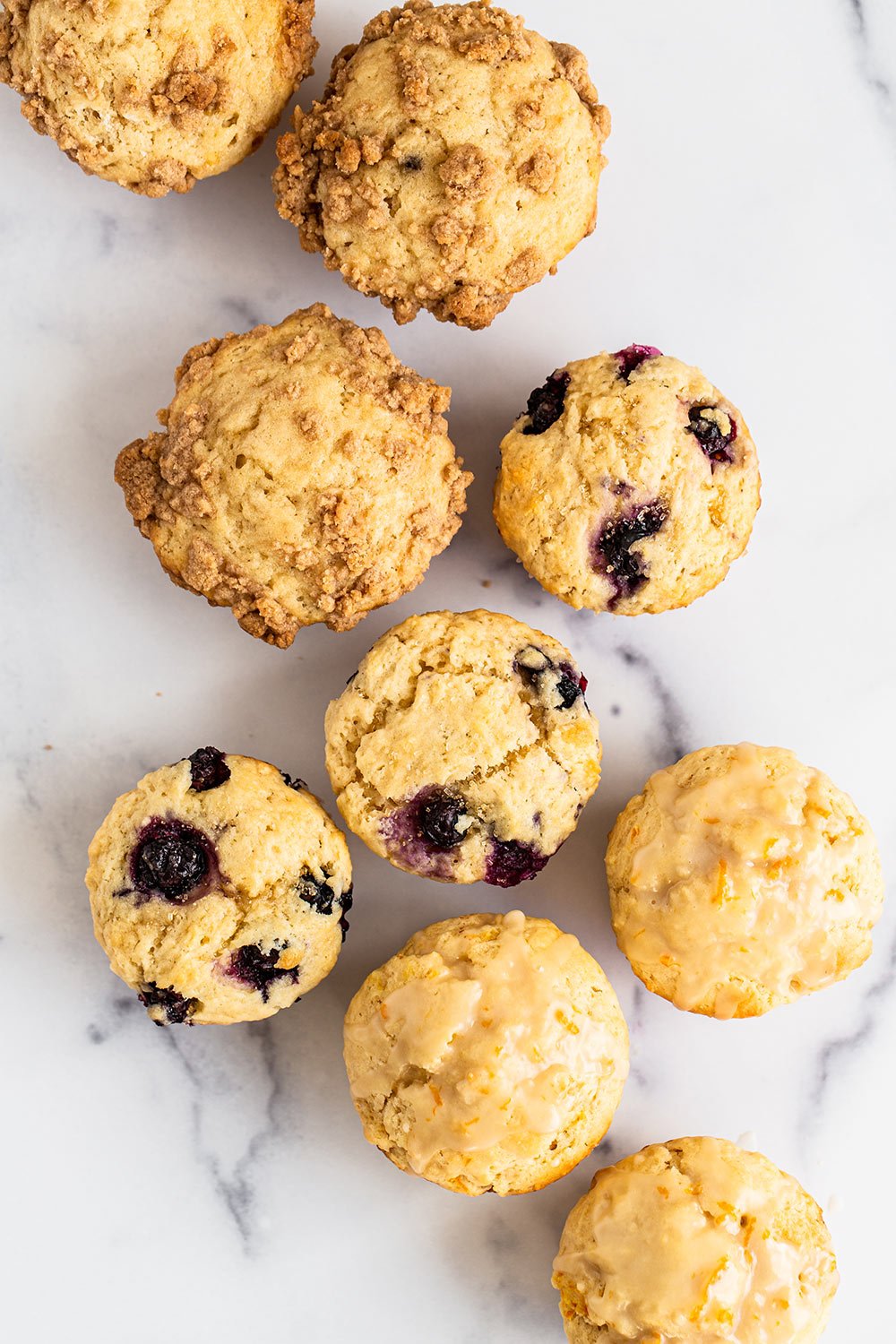

Sprinkle of Science
How to Bake Tall Bakery Style Muffins
Option #1: Overnight Batter Rest (my favorite!)
- Chilling your muffin batter overnight in the fridge is the BEST thing you can do to make Tall Bakery Style Muffins.
- It makes them more moist, more tender, and TALLER!
- It’s very similar to chilling cookie dough, which if you know me you know I’m obsessed with chilling cookie dough. Think of it like marinating.
- By chilling the batter, the starch in the flour is able to absorb more moisture, resulting in a more tender muffin.
- It also thickens the batter without drying it out, which helps encourage beautiful tall muffin tops without a crumbly or cakey texture.
- The flavors intensify and improve as well!
- This technique not only improves your muffins in all these ways, but it’s also perfect for getting a jump start on breakfast or brunch the night before!
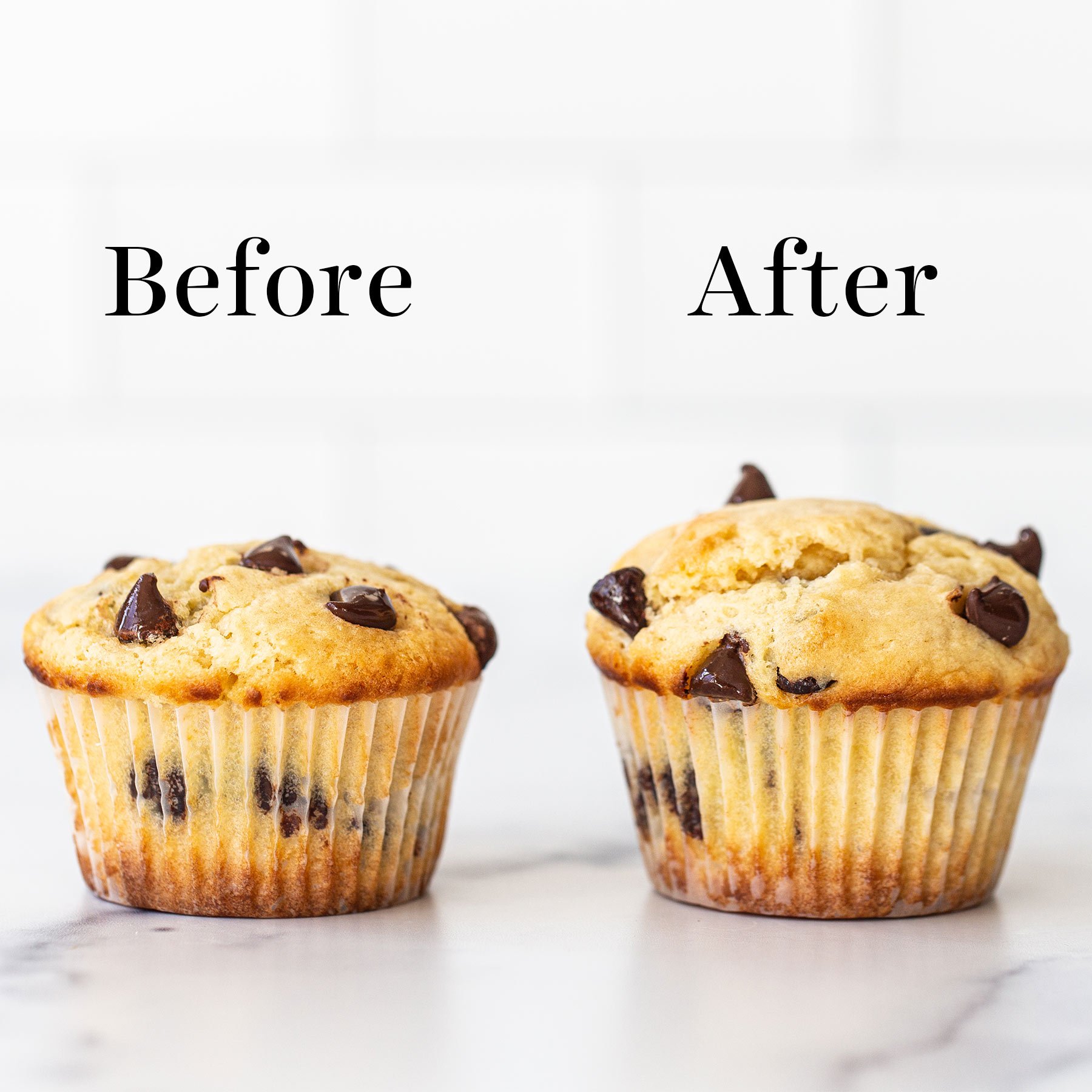
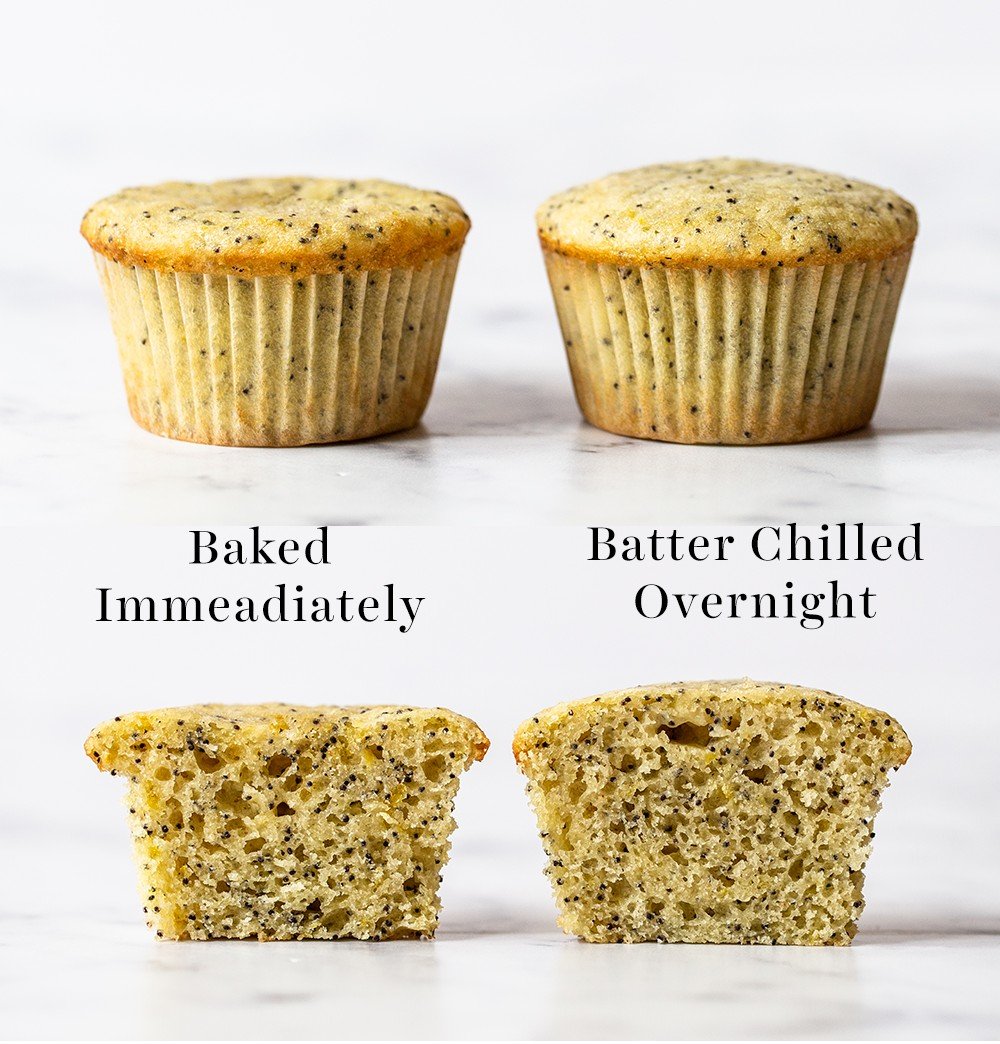
Directions for Overnight Resting Muffin Batter:
- After mixing your batter, simply cover and chill in the fridge overnight before baking. No need to bring to room temperature before scooping into your muffin tin and baking.
- I prefer to rest the batter in one bowl instead of portioning out the batter into the muffin tin, then chilling. I believe the latter is more likely to dry out the batter and it doesn’t allow the flavors to meld together as nicely.
- Look at the pictures above to see just how much this technique improves the height of the muffins. But what you can’t see is how much more tender they are!
Before Overnight Resting Batter, Check Your Baking Powder
- Double-acting baking powder is necessary when chilling batter.
- Double-check your container, especially if using aluminum-free!
- Aluminum-free baking powders primarily react only with liquid and not with heat, which makes them react more quickly to your batter than most double-acting powders.
- With aluminum-free baking powder, you will need to bake your muffins right away, as the longer you wait, the less rise you’ll get.
- However, if you use a brand like Argo, which is aluminum-free but double-acting, you’re good to go!
Does Overnight Chilling Work For All Muffin Recipes?
- This will work for all muffin recipes containing baking powder as the leavener.
- Double-acting baking powder first activates upon being mixed with liquid and also when it hits the heat of the oven.
- Baking soda only acts upon being mixed with something acidic (like brown sugar). The baking soda in the batter will lose strength the longer it sits before being baked.
- You can chill batter containing both leaveners in the fridge, but you’ll likely lose a little browning on the muffins while they bake.
- If you’re curious about learning more about baking soda vs. baking powder, click here!
For Fruit Muffins (such as berries, apples, etc.), Should You Add the Fruit Before or After the Overnight Chill?
- Add fruit to the mixture just before baking.
- The juice of your fruit will more than likely bleed into your muffin if you put it in too early.
- To prevent your fruit from sinking to the bottom, spoon a little bit of plain batter (before adding in the fruit) to the bottom of each muffin cavity. Then, mix in the fruit to the batter and spoon it into each cavity.
Does The Overnight Chill Technique Work for Cupcake Batter?
- I don’t believe it will work quite the same for all cupcake recipes.
- Most muffin batters are quick breads, meaning there’s no creaming of butter + sugar.
- In muffins, there’s usually only baking powder. Baking powder is double-acting, meaning it activates upon mixing with moisture and then again upon the heat of the oven.
- For recipes only leavened with baking soda, which loses efficacy over time if it’s not baked immediately, this technique likely wouldn’t work as well.
Option #2: High to Low Baking Temperatures
The idea here is to start the muffins in a very hot oven for just a short amount of time. This activates the baking powder and allows the muffins to shoot up in height quickly. We then turn the heat down and continue to cook for longer. This is done to avoid overbrowning and overbaking.

Directions for High-to-Low Temperature Muffin Baking
Start by baking for 5 minutes at 425°F, then turn the temperature down to 350°F and continue baking for 15 to 18 minutes.
Pros and Cons of High-to-Low Temperature Muffin Baking
- The muffins baked as instructed above were moist, soft, tall bakery style muffins.
- This technique is great if you have a thick muffin batter, don’t have the time to allow your batter to rest overnight, and you trust your oven (learn more about ovens here).
- This one isn’t my personal favorite because I find it annoying to mess around with the oven temperature while it’s baking. Not to mention if your oven is unreliable, this can be a challenging tip to follow.
- Or… if you’re like me and forget to turn the oven back down, this technique is a bit traumatizing when you accidentally ruin a batch of muffins!!
- That’s why in my Ultimate Muffin recipe, I prefer to bake at 400°F the entire time. You get more height than a lower temperature, just enough browning for slightly crisp buttery edges, but no risk of forgetting to turn the oven temperature down.
Option #3: Fill Your Muffin Tin Cavities with More Batter!
- Many muffin recipes instruct you to fill your muffin tin cavities two-thirds full. If you want taller muffins, fill three-quarters full or even all the way to the top of the pan.
- You may have less yield, but they’ll look more like beautiful tall bakery style muffins with more distinct muffin tops.
- This works especially well with muffin recipes that yield 15 muffins. I’ll typically just split that batter between 12 muffin cavities in a standard pan. Then add a minute or two to the baking time to ensure they cook through.
- If you try this with a recipe that yields 12 muffins, you may only get 9 – but they’ll be beautifully tall!
BONUS TIP: Use your oven’s convection setting!
If you have one, using the fan setting can help to encourage your muffins to rise up nice and tall. Some convection ovens automatically adjust the oven temperature, but if yours doesn’t, be sure to reduce your baking temperature or you’ll overcook your muffins. Learn more about convection oven settings here.
Troubleshooting Flat Muffins
Why Didn’t My Muffins Rise?
- Make sure your leavening agents are fresh and effective. Sometimes they lose their leavening power even before the expiration date printed on the packaging.
- Learn how to test your leavening agents for freshness here.
- Check your oven temperature with an oven thermometer. If it’s not hot enough, your muffins won’t rise well.
- Don’t undermix your batter. Sometimes people get so worried about overmixing (which will cause tough and rubbery muffins) that they barely bring the batter together. This doesn’t allow gluten to develop, which is the structural backbone of muffins.
Why Did My Muffins Sink?
- Your muffins may have been underbaked. If they weren’t set enough, they’ll sink as they cool.
- Try adding a few extra minutes to your baking time.
- You want a toothpick inserted to come out with a few moist crumbs attached.
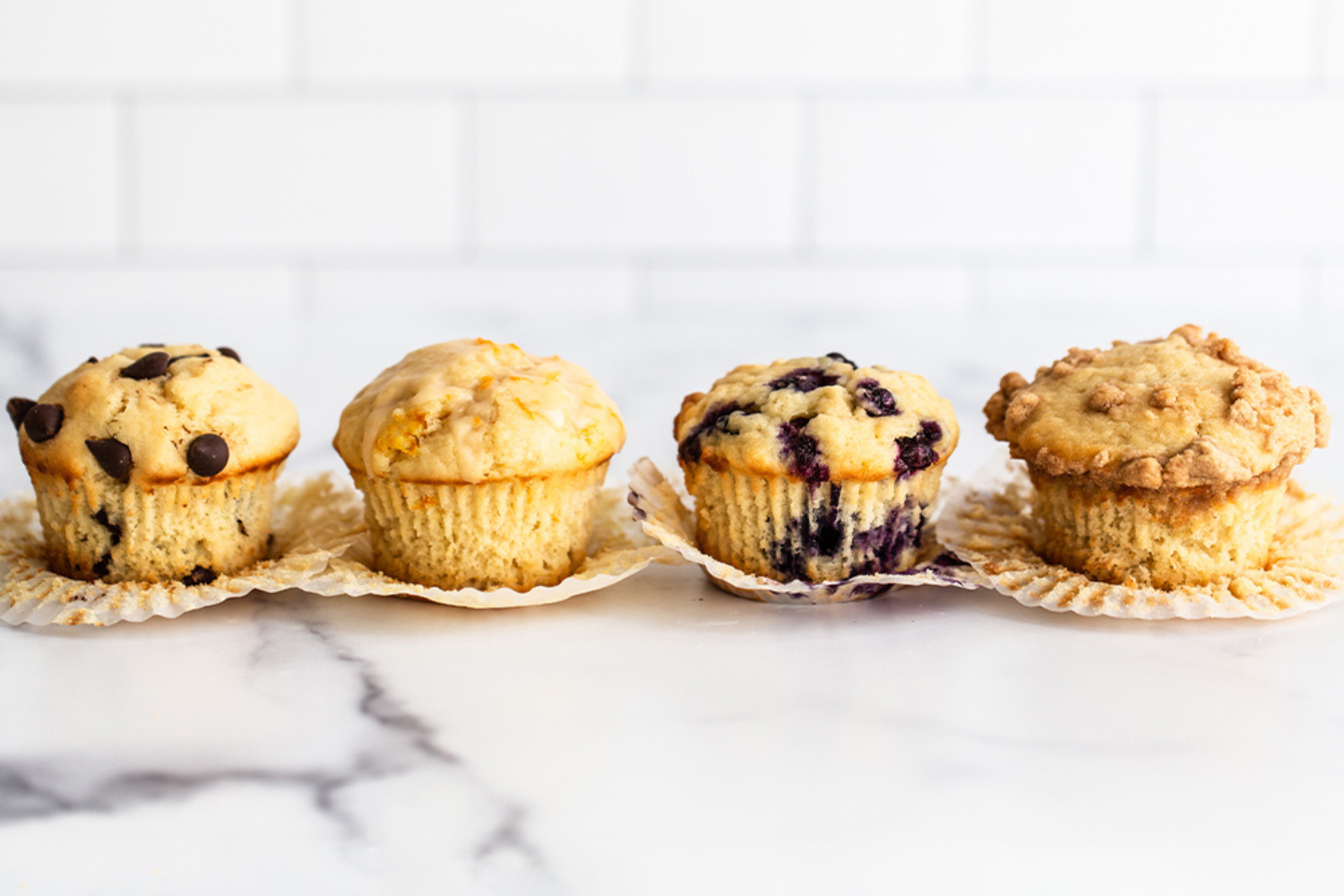
Delicious Muffin Recipes to Try:
- Ultimate Muffins
- Lemon Poppy Seed Muffins
- Brown Butter Blueberry Muffins
- Chocolate Chip Muffins
- Double Chocolate Muffins
- Chocolate Coffee Toffee Crunch Muffins
Photos by Ashley McLaughlin.


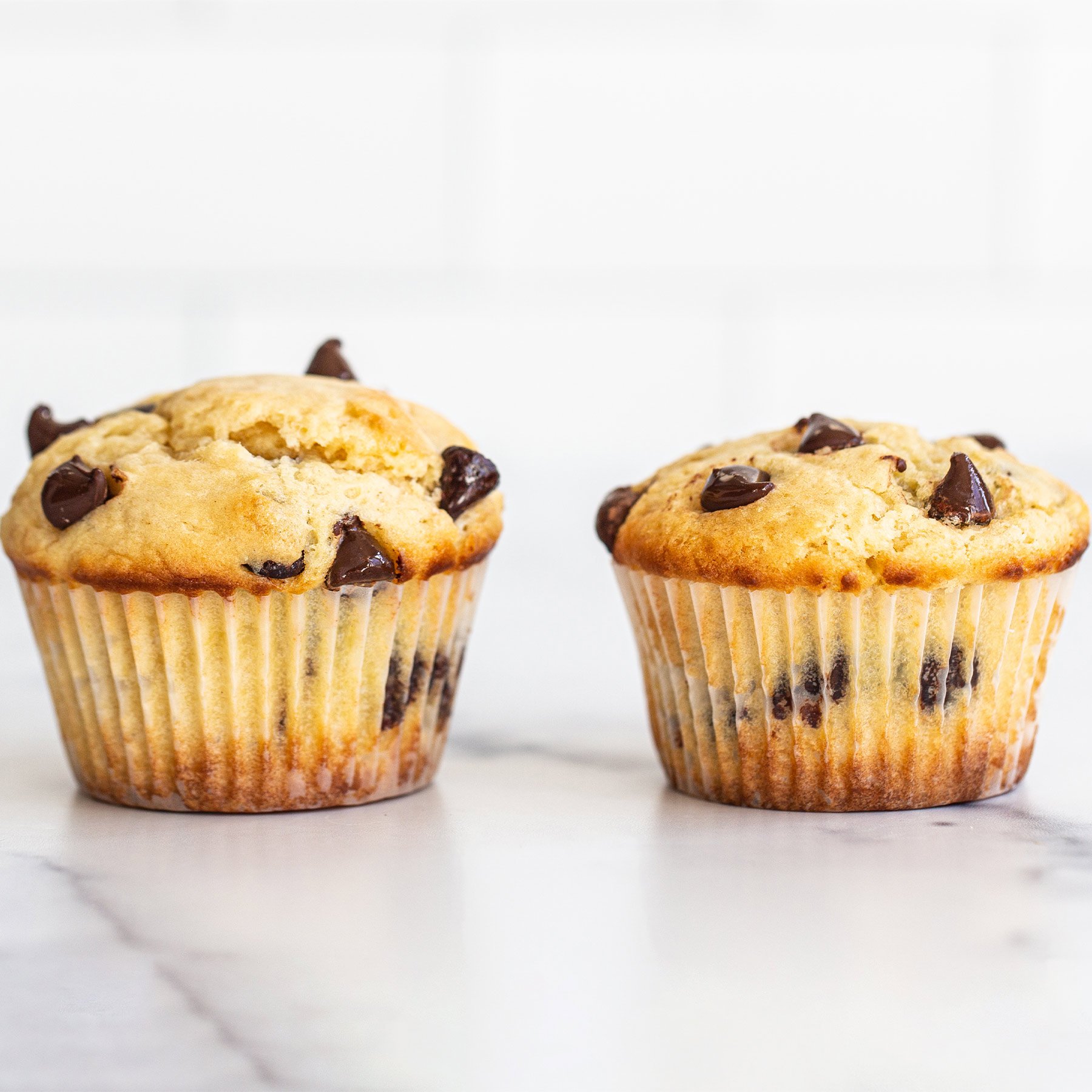
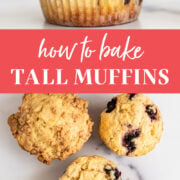
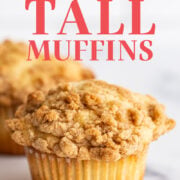
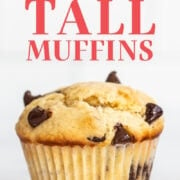

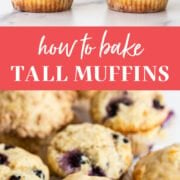

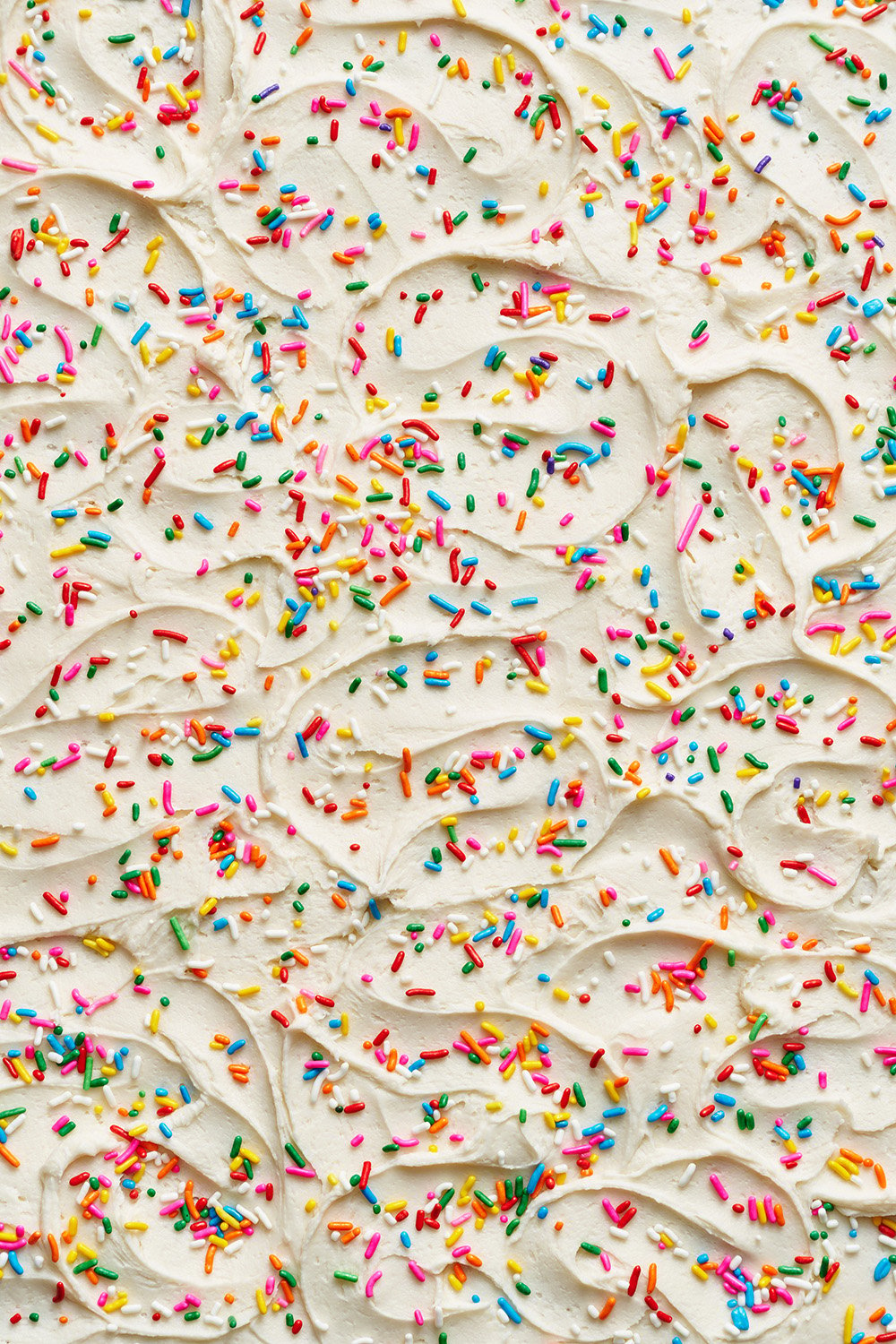
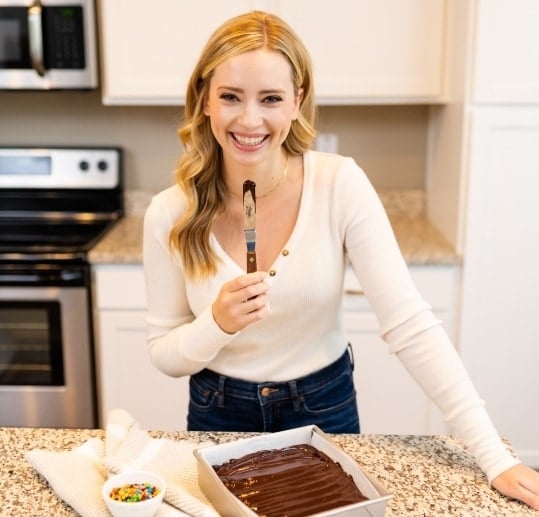

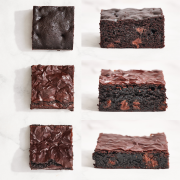
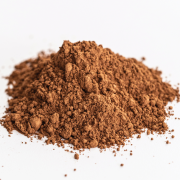
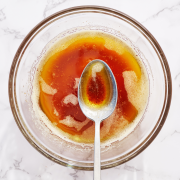
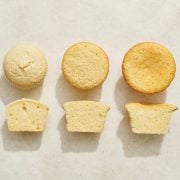

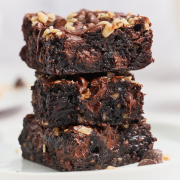










Hi Tessa,
I will not be able to leave the batter in overnight to bake in the morning, so what would be the suggested amount of time to leave in the refrigerator before baking for a decent rise.
Thanks
Hi Fatima! We haven’t experimented with smaller increments of time to know exactly how long a chill period may be best for you here, but you could definitely try a few hours if you have time to experiment. You could also try Option #2: High to Low Baking Temperatures, as this should still give you a nice rise. Let us know how it goes 🙂
I have a blueberry muffin recipe that I love. It uses buttermilk and baking powder. I love this recipe as is and it normally produces fairly tall muffins as well. I wanted to experiment with this recipe so I allowed the batter to chill overnight. The flavor was FANTASTIC! It made them taste so much better! However, they didn’t rise at all and stayed flat. Which is the opposite of what I expected from this experience. Any suggestions?
Happy to hear the flavor improved! It’s tough to say for sure why your muffins didn’t rise without knowing the recipe, but my initial thought is that you may need to test your baking powder to ensure it’s still effective. Especially if you’ve made successful tall muffins with the recipe in the past, chilling the batter shouldn’t have lost that rise completely! You can learn more about how to test your leaveners for freshness here. Let me know if that helps!
Best way to stop muffins sticking to muffin paper cups.
Hi Marg! Check out Tessa’s How to Prevent Cupcake Liners from Sticking article here for more tips on that 🙂
Hello,
I notice in all your muffin recipes you use all-purpose flour. I was always taught to use pastry flour for a light, tender crumb… So my question is, do you use these tips because your using regular flour instead of pastry flour? I was wondering if I still used my pastry flour and left the batter in the fridge overnight or changed temp. while baking if they would get a greater rise?
Hi Bella! We typically only use all-purpose flour in our muffin recipes, so we can’t say for sure if these tips will work using pastry flour. Feel free to experiment with these tips using pastry flour in your muffins and let us know how it goes 🙂
I’m going to make Morning Glory Muffins…but they have apples, applesauce, carrots, pineapple, nuts and raisins in them. the recipe also calls for baking soda. My question is can I swap out the baking soda for baking powder ( spoon for spoon?) and leave out All the ” fruits” until just before baking…will the cold batter trick work? ( to make them rise higher?
Hi Cheryl! We haven’t tried making this type of muffin, nor have we tried the overnight chill with such fruit-heavy muffins – but that should work just fine; my only concern would be the applesauce, as it may require a lot of mixing to thoroughly mix that through the next morning, which could cause overmixing. So just be aware and cautious of that. As for the leaveniing agent, check out Tessa’s Baking Soda vs. Baking Powder article here to learn more about the types of leavener, as they are different and cannot be simply swapped. I hope that helps! Happy baking!
Would all these tips work for things other than muffins like say berry cobbler or cake?
Hi Christine! Check out the info Tessa added in the pink tip box, under the header ‘Does this Technique Work for Cupcake Batter?’ for more info on this 🙂